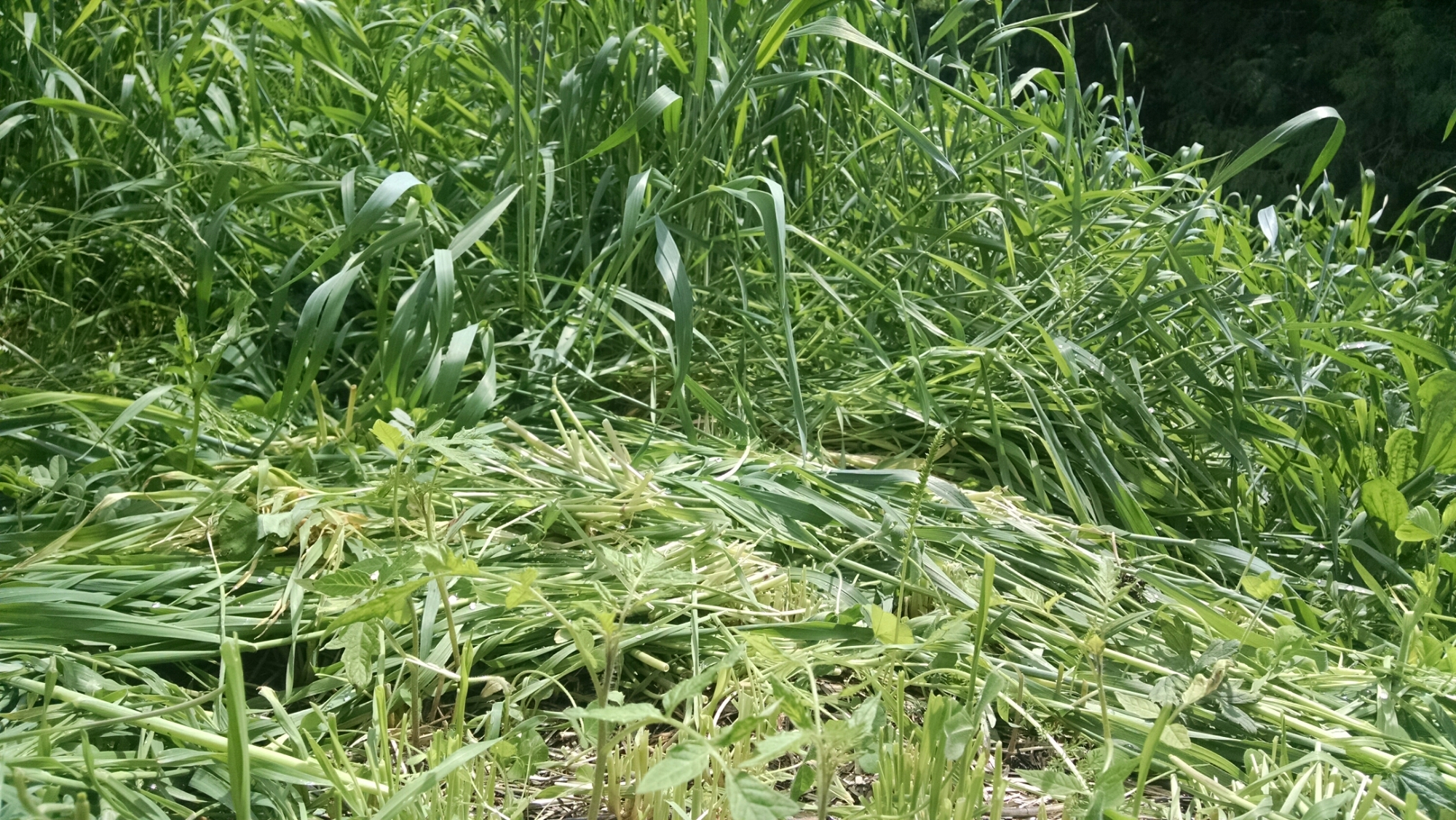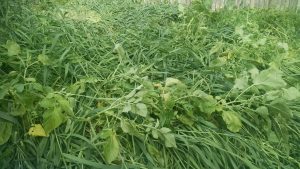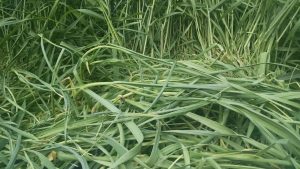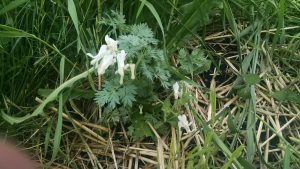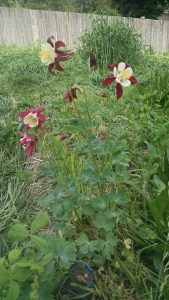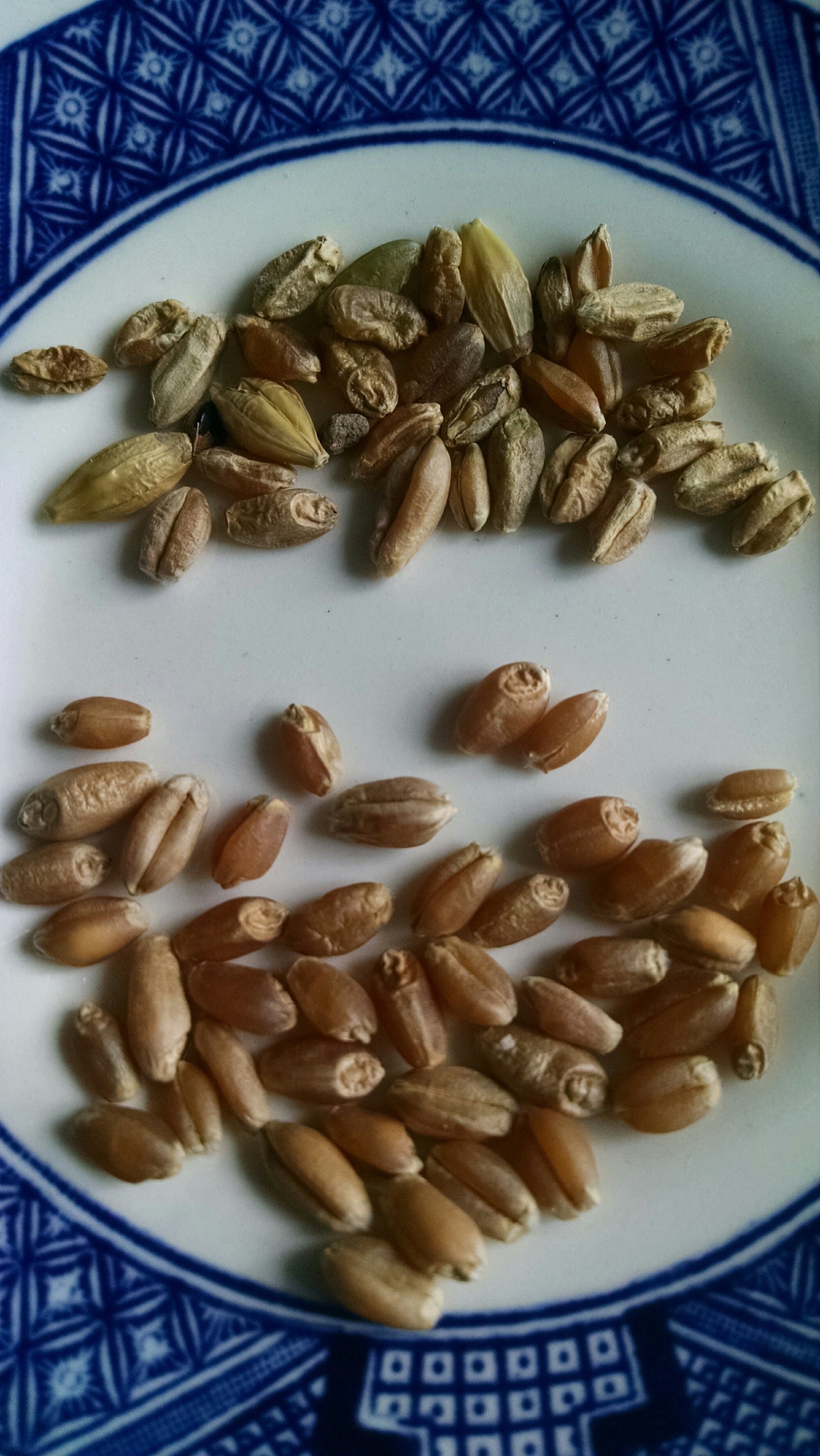
A list of reasons to grow your own wheat: kind of a manifesto
Food is not a commodity, and it never has been. It is treated as one by industrial culture, but it really isn’t.
The classic comparison of industrial and garden food is tomatoes. Compare a regular grocery store tomato to any well-tended heirloom tomato and the gulf between them is obvious. However, the same gulf exists with all the food we eat, it just isn’t as obvious sometimes. And where the discrepancy is greatest is in the foods that we rely on for the bulk of our sustenance — grains and legumes.
Wheat is as close to a commodity as it is possible for food to get, and wheat flour even more so. Yet it can be moldy and stale, deficient in vitamins and minerals, and harvested well past ripeness, and contaminated with industrial chemicals. Or it can be fresh and clean, untainted, high in vitamins and minerals, and harvested and cured at its peak.
Mold
Might as well start with the fun stuff. Here’s a picture of some wheat berries I sorted out of a cup that I was grinding for flour. You can see what some different kinds of moldy and bad wheat looks like, compared to some that is okay:
Mold toxins in grains and legumes can cause health problems (shocking!). The biggest problem is the Aspergillus family of molds, and the toxin they produce called aflatoxin. There are a number of factors that contribute to contamination. The more damaged grains, the more mold. The more insect pests, the more damaged grains and thus mold. Storage in cool conditions reduces mold.
It turns out that excess irrigation, while nice for plumping up crops, can cause excess plant susceptibility to pests, and increase the humidity levels, both of which increase mold contamination. This study has an interesting analysis of cotton, much of which is likely true of other crops. Also, it turns that harvesting late season, bug ridden dregs of a crop doesn’t help yield much, but does significantly increase contamination.
One solution: pre-contaminate the crops with an Aspergillus that doesn’t produce the government-regulated aflatoxin. Seriously, this is being developed. It is wonderful to reduce Aflatoxin, but I’d much rather have my grain not moldy in the first place. I’ll write more about this in next week’s post…
Solution: grow and store the crops with skill and care, in family-scale quantities. Before consuming food, have somebody take care to sort through and discard anything obviously moldy.
Ripeness
Traditionally, wheat was harvested at peak ripeness, and allowed to cure and harden before threshing. This optimized flavor, and probably nutrition. In modern wheat harvesting, it is allowed to fully harden to flint stage before harvest so that the mechanical combines do not crush it. Some is still damaged, of course.
Solution: Grow wheat on a human-scale, not a machine scale, and harvest at optimal ripeness.
Nutrition
The nutrient profile of wheat can also vary greatly depending on the variety grown, the fertility of the soil it is grown in, and how it is watered, and if it is annual or perennial (some perennial wheat strains do exist, and are nutritionally attractive). Annual that are grown in soil that has been tilled to death and has lost all its microbes due to harsh fertilizers and pesticides? Not going to be as nutritious.
Solution: Grow wheat in rich, fertile soil that is tended properly.
Industrial chemicals
Pesticides are a whole topic unto themselves. I want to mention, though, that industrial flour was found by the FDA in 2004 to have:
3 known or probable carcinogens
9 suspected hormone disruptors
5 neurotoxins
4 developmental or reproductive toxins
7 honeybee toxins
I know that the dose makes the poison, and that these were found in low levels. However, I also know that “low levels” is defined by bodies that are rife with industrial ties. I also know that if make the dose of a poison zero by not consuming it, then it cannot cause you any harm whatsoever. Also, I don’t care to support the poisoning of agricultural workers, or the poisoning of honeybees, or the poisoning of the groundwater and air in rural communities.
Solution: buy expensive organic flour (which doesn’t address the other points), or grow it at home and don’t spray poisons on it.
Too many shortcuts
The points above all connect at a central idea. When somebody else is growing the wheat that I eat, and that I feed to my family, they are almost certainly taking shortcuts that I am not okay with. And sometimes they do things that I find downright astounding, like applying poisons, or pre-innoculating crops with mold. I know that the supply chain from seed company to farm to supermarket is long, and I can’t imagine all of the shortcuts and shenanigans that are taking place.
Solution: grow your own wheat with the same skill and pride that you would have when growing an heirloom tomato. Grow food as though you and your own loved ones are going to eat it. And then eat that food.
The real thing
I don’t want plastic wrapped, industrially optimized, moldy, nutrient thin bread that comes from a fluorescent lighted warehouse. I want the real thing. I want my family to live on bread that we saw with our own eyes come from God’s provision of rain, sun, soil and seed. Grown and prepared with tender loving care. Fresh from the garden and warm out of the oven.
This is not sentimentalism, and achieving it is not a pipe dream. It takes work, and patience, for years, but building a life where this happens is perfectly achievable. Arguably more achievable than climbing a corporate ladder, because there is enough space for everyone on this planet, but there are only so many corner offices.
There is a hilarious twitter account I saw recently: @handsinwheat. The schtick is making fun of stock photos of people running their hands through a field of wheat. Here’s an example:

@handsinwheat does a great good job of satirizing the overuse of this imagery by anyone and everyone who is trying to pitch something. It is among the cheapest, most hackneyed tricks in the book. But you know what? It works, and it works for a reason. I dare you to look at the silly pictures on @handsinwheat and not feel something real. Something that comes from thousands and thousands of years of your ancestors — your own family — walking through land abundant with food, and feeling contentment, connection to God, and connection to their ancestors and a legacy for their heirs.
That is the way it is supposed to be. We are built for this, in so many ways. That twitter account is funny, but it is tragic that the imagery of so much of what should be fundamental to our lives has become an icon of cynical manipulation.
Sigh.
Well, that’s all for this post. I’ve got work to do.
